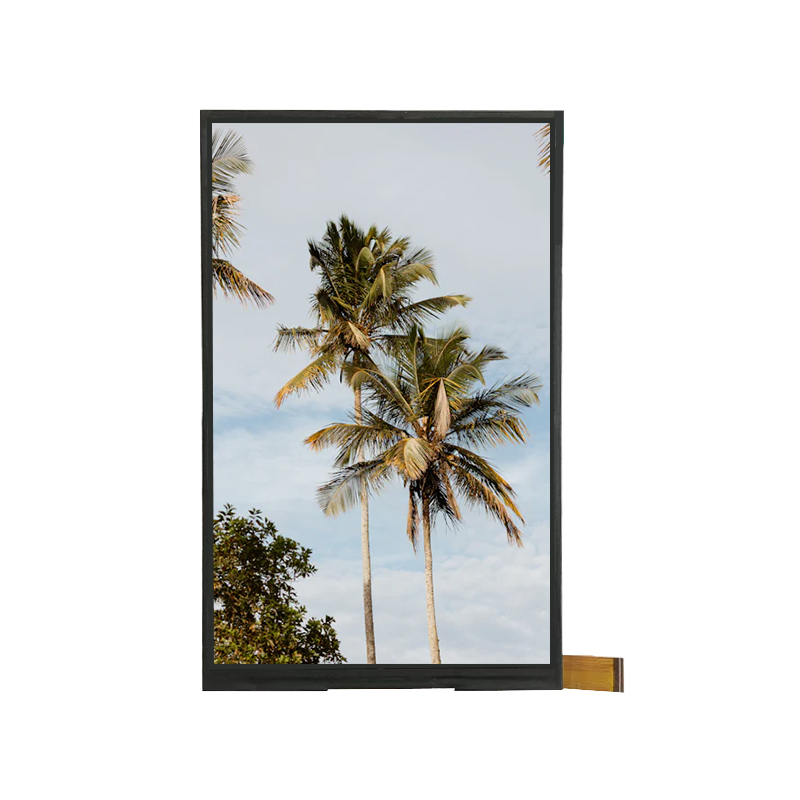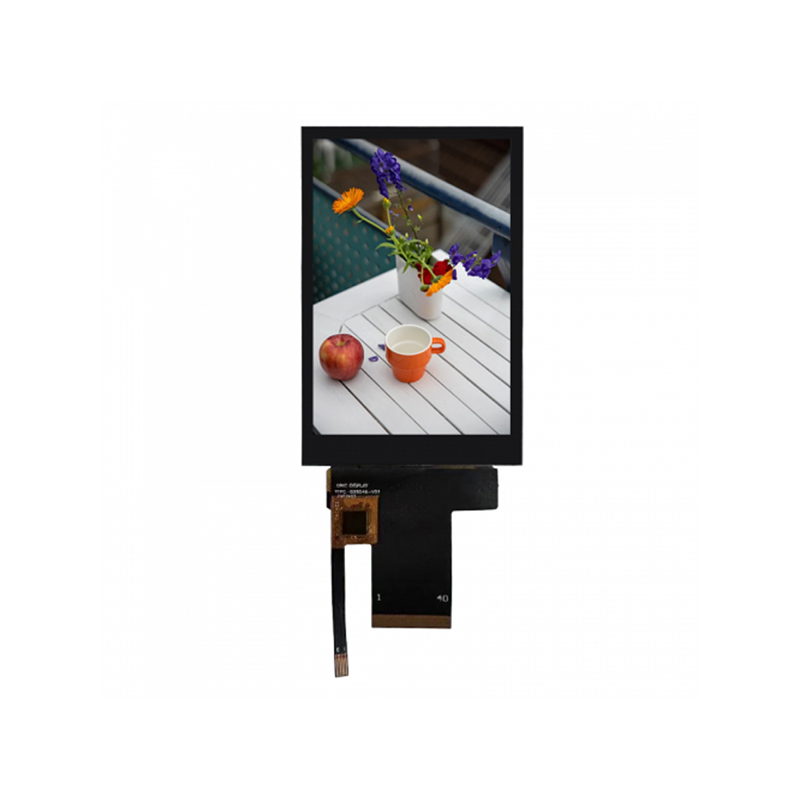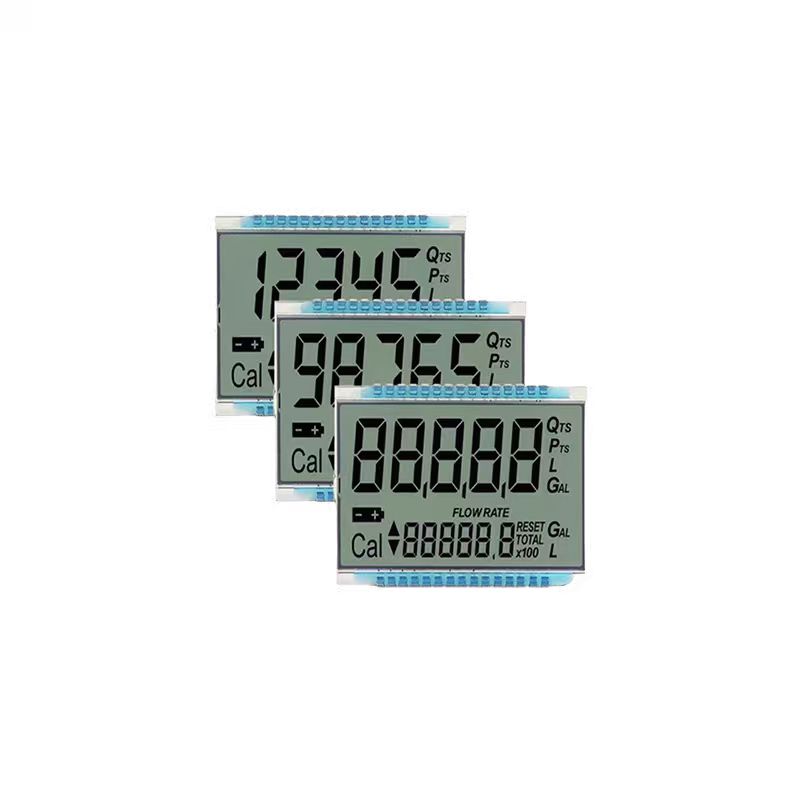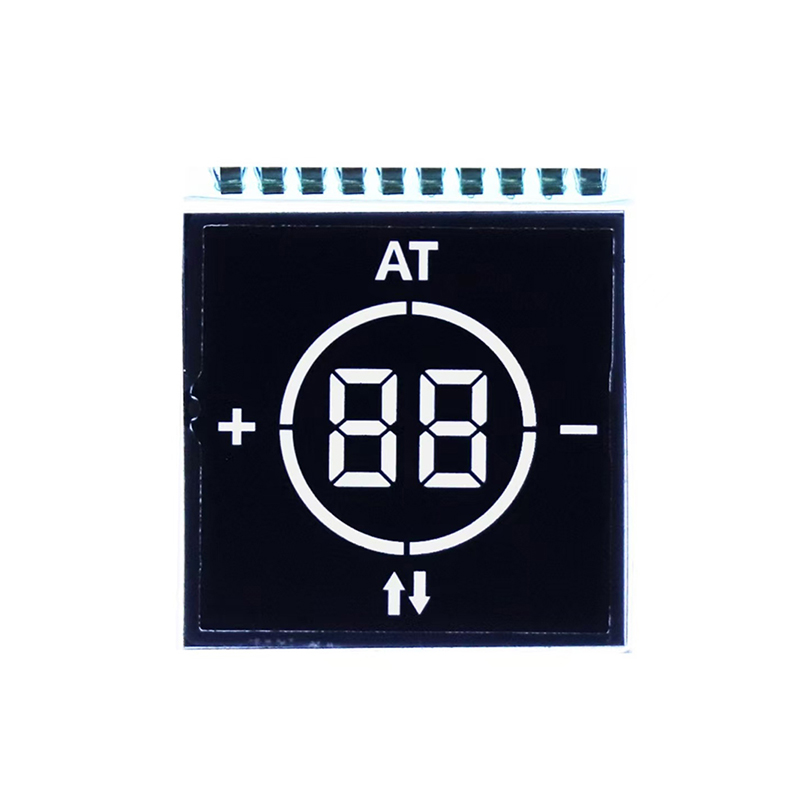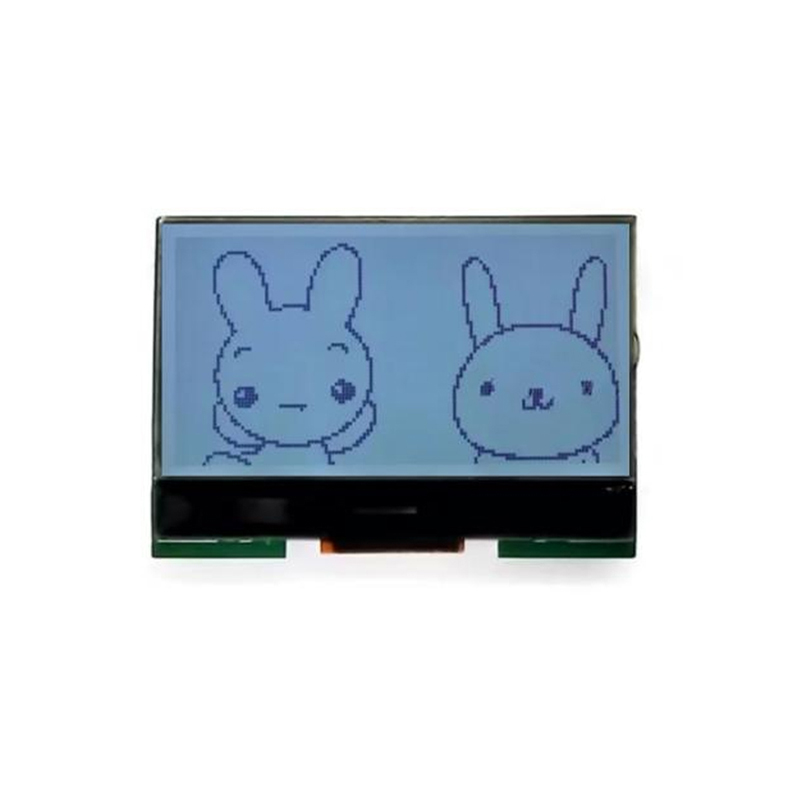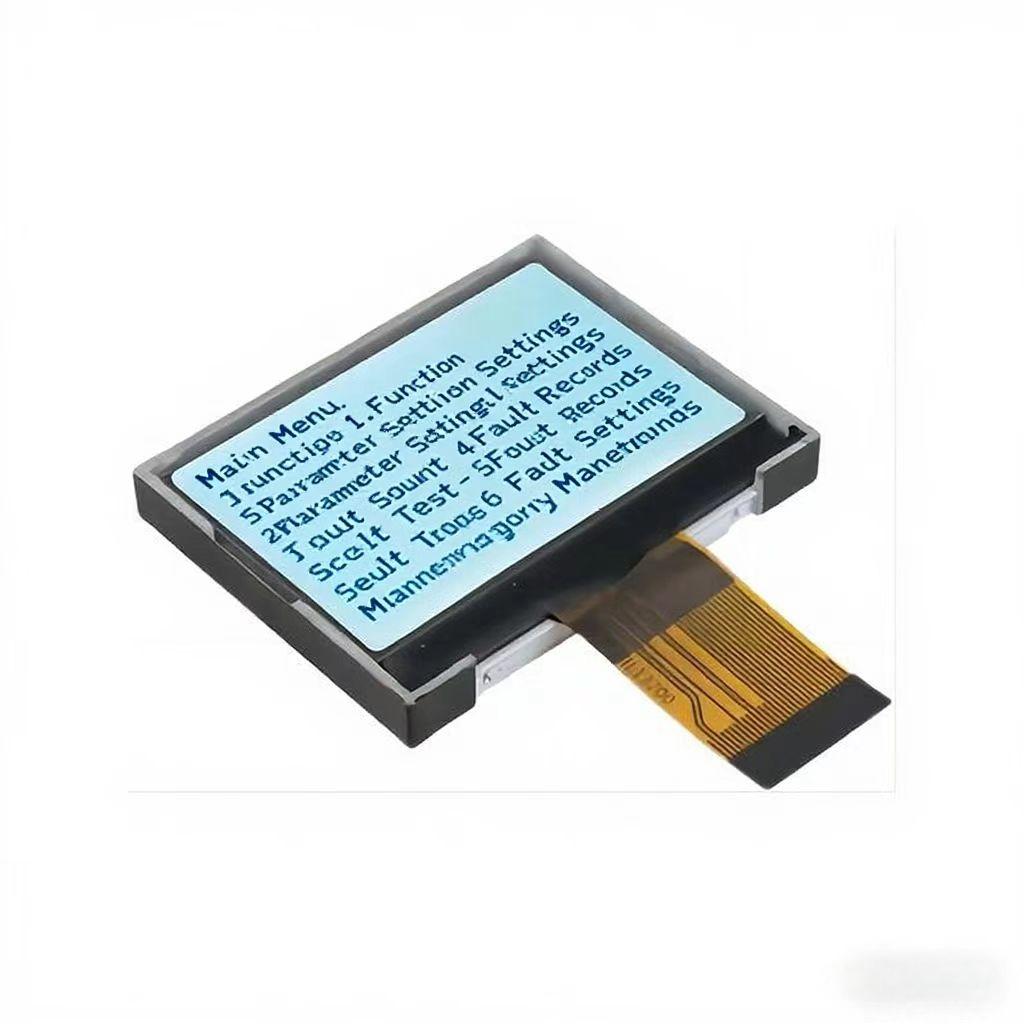
This comprehensive guide explores the exciting world of Arduino and TFT display products, covering everything from choosing the right display to implementing complex projects. We'll delve into various display types, popular libraries, common troubleshooting issues, and provide practical examples to help you bring your embedded projects to life.
Selecting the appropriate TFT display is crucial for the success of your project. Key specifications to consider include screen size (measured diagonally), resolution (pixels), color depth (bits per pixel), interface type (SPI, I2C), and backlight type (LED, etc.). Larger displays generally offer better visual clarity but increase power consumption and complexity. Higher resolutions provide more detail, while deeper color depths enable richer visuals. The interface type determines how the display communicates with your Arduino, and the backlight influences brightness and power usage. Consider your project's requirements carefully before making a selection.
The market offers a wide variety of TFT display modules compatible with Arduino. Some popular choices include displays from Adafruit, SparkFun, and Waveshare. These manufacturers often provide comprehensive documentation, libraries, and examples, simplifying the integration process. For instance, the Adafruit 2.8 TFT Touchscreen display is a popular choice due to its relatively large size, high resolution, and resistive touchscreen functionality. Always check the specifications and ensure compatibility with your Arduino board before purchasing.
Utilizing appropriate libraries significantly simplifies the interaction between your Arduino and the TFT display. Popular libraries include Adafruit_TFTLCD, ST7735, and ILI9341, each supporting different display controllers. Before using a library, ensure you've installed it correctly through the Arduino IDE Library Manager. The library documentation usually provides examples and explanations on how to initialize the display, set the background color, draw shapes, and display text.
The following code snippet demonstrates basic initialization and text display on an Adafruit 2.8 TFT Touchscreen display using the Adafruit_TFTLCD library:
#include // Assuming you are using the TFT_eSPI libraryTFT_eSPI tft = TFT_eSPI(); // Create TFT objectvoid setup() { tft.init(); // Initialize display tft.setRotation(1); // Set rotation tft.fillScreen(TFT_RED); // Fill screen with red tft.setTextColor(TFT_WHITE); // Set text color tft.drawString(Hello, World!, 10, 10); // Draw text}void loop() {} Remember to adjust the library and code based on the specific TFT display you're using.
Several factors can lead to a non-functional display. Verify the wiring, ensuring proper connections between the Arduino and the display. Check the power supply, confirming adequate voltage and current. Incorrect library installation or library compatibility issues are also potential causes. Consult the display's datasheet and library documentation for troubleshooting steps.
Image distortion or artifacts may arise from incorrect display initialization, inappropriate settings within the library, or faulty wiring. Review the code, paying attention to parameters that affect display behavior such as rotation, color depth, and addressing mode. Check the wiring for loose connections or shorts.
With Arduino and TFT displays, you can create sophisticated graphical user interfaces (GUIs) for your projects. Using libraries and potentially incorporating touch input, you can design interactive interfaces with buttons, sliders, and other interactive elements. This allows you to control various aspects of your project in a user-friendly manner.
By combining Arduino and TFT displays with various sensors and actuators, you can build complete embedded systems for various applications. Imagine a weather station that displays temperature, humidity, and pressure readings on a TFT display, or a robot control system with a GUI for real-time monitoring and control.
| Feature | Adafruit 2.8 TFT | ILI9341 3.2 TFT |
|---|---|---|
| Screen Size | 2.8 | 3.2 |
| Resolution | 320x240 | 480x320 |
| Interface | SPI | SPI |
For a wider selection of high-quality TFT displays and related components, consider exploring Dalian Eastern Display Co., Ltd. They offer a diverse range of products suitable for various applications.
This guide provides a solid foundation for working with Arduino and TFT display products. Remember to consult the datasheets and documentation for your specific components for detailed information and troubleshooting assistance.

